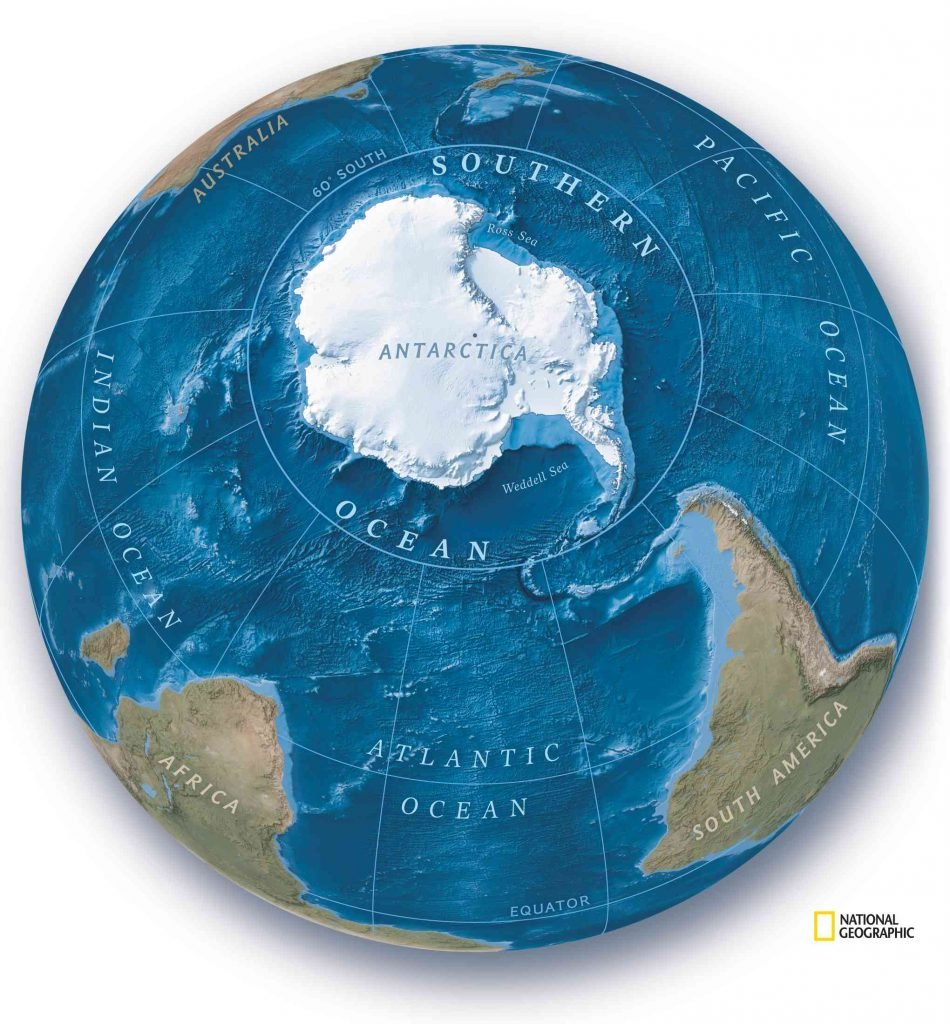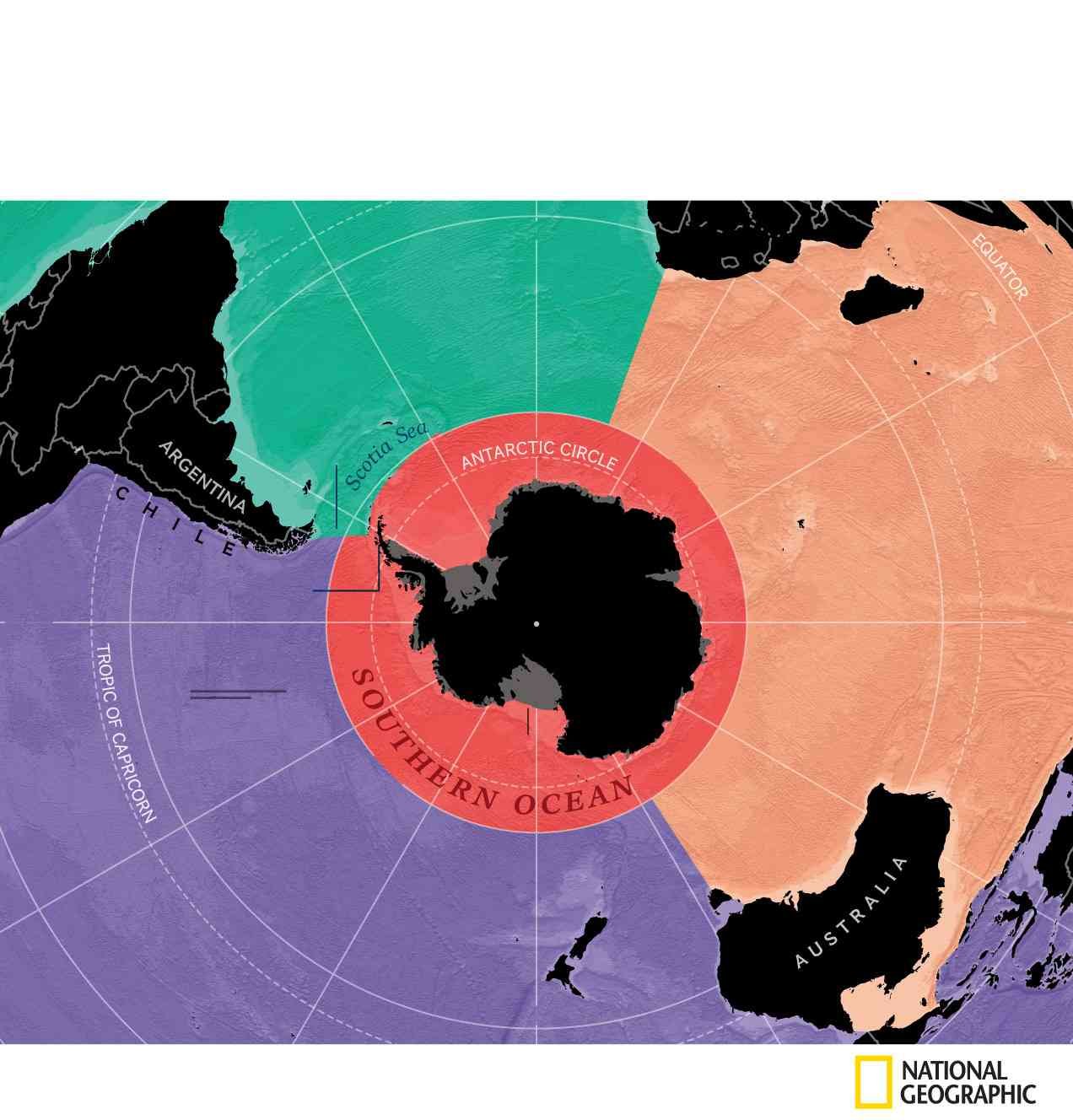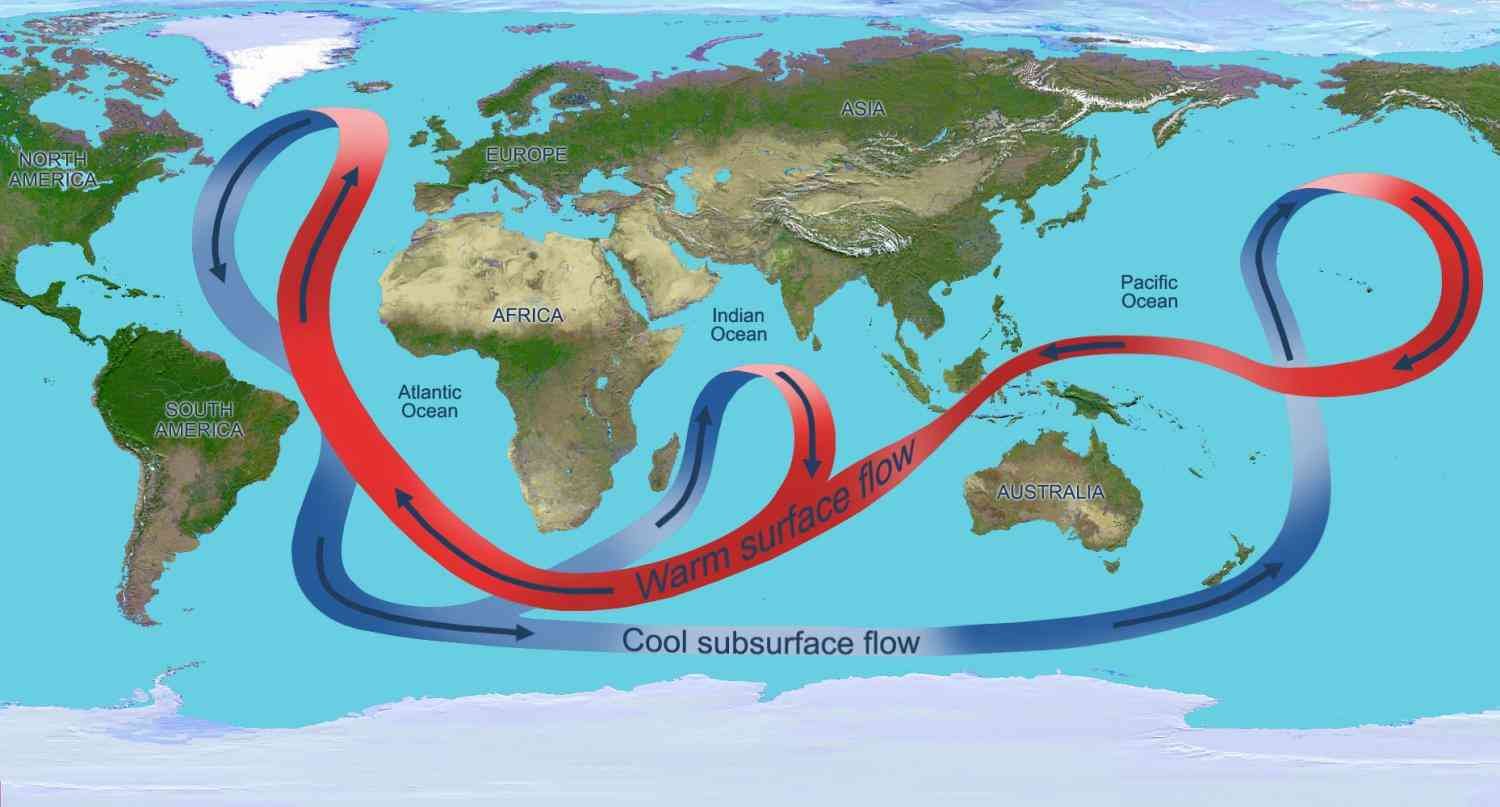We live on a blue planet, and its water benefits many living and non-living beings. How do we use it, how do we conserve it? The future of our blue planet depends upon us. Recently recognized southern ocean is creating a huge impact on global climate.
As we know, the vast body of water covers 71% of Earth. Moreover, we get 97% of the Earth’s water in the ocean (too salty for drinking, growing crops, and most industrial uses except cooling). Overall, 3% of the Earth’s water is fresh.
Oceans
The oceans are the largest reservoir of water on Earth. Oceans are the storehouses of water nature uses to run the water cycle.
Over time water boundaries were defined for historical, cultural, geographical and scientific reasons. Historically, there are four named oceans: the Atlantic, Pacific, Indian, and Arctic.
Southern Ocean
The Southern Ocean is the ‘newest’ named ocean. Also known as Antarctica Ocean. The “Southern Ocean” is the broad ocean region surrounding Antarctica Continent.
The Southern Ocean is unbroken by any other continental landmass. Its body of saltwater covering approximately one-sixteenth of Earth’s total ocean area.
It is made up of the portions of the world ocean south of the Pacific, Atlantic, and Indian oceans and their tributary seas surrounding Antarctica below 60° South.

Recognition of Southern Ocean
As the body of water extending from the coast of Antarctica to the line of latitude at 60 degrees South, the Southern Ocean is recognised by the U.S. Board on Geographic Names. From June 8, 2021 (World Oceans Day) onwards, National Geographic cartographers started recognising the Southern Ocean as the fifth ocean.
The National Oceanic and Atmospheric Administration (NOAA) also acknowledges the Southern Ocean as the fifth ocean.
Decision to Recognition
It was crucial to recognise the water surrounding Antarctica. As a result, in 2000, to the International Hydrographic Organization, the boundaries of this ocean were proposed.
However, the International Hydrographic Organization (IHO) is still not recognizing the Southern Ocean. This intergovernmental organisation tracks and charts global seas and oceans.
However, not all countries agree on the proposed boundaries, so this has yet to be ratified by members of the IHO.
Research still running
Scientists have recognised the Southern Ocean long ago. But Geographers, Researchers and Scientists are still debating whether the waters around Antarctica had enough unique features to deserve their name? Or whether they were simply cold?
Or is it just the southern extension of the Pacific, Atlantic and Indian Oceans? For these reasons, the International Hydrographic Organization (IHO) is not recognising the Southern Ocean. Research is still going on. In the coming future, we can expect a positive answer.

Location of Southern Ocean
The Southern Ocean covers 8,479,000 square miles (21,960,000 square km), and it holds 17,226,000 cubic miles (71,800,000 cubic km) of water. It has an average depth of 10,728 feet (3,270 metres) and a maximum depth of 24,383 feet (7,432 metres) in the South Sandwich Trench, southeast of the island of South Georgia.
Structure
The structure of the Southern Ocean floor in a continental shelf is typically less than 160 miles (more than 260 km) wide.
In the area of the Weddell and Ross seas, it has a maximum width of over 1,600 miles (2,600 km).
There are oceanic basins farther north 14,800 feet (4,500 metres) deep, defined by oceanic rises and often marked by ranges of abyssal hills.
Ocean Circulation
Continents define the ocean around them. But in the case of the Southern Ocean, a current defines this ocean. The flow of currents in the Southern Ocean is complex.
The Southern Ocean circulation connects the ocean basins along with the upper and deep layers of the ocean. As a result, the region has a great influence on the global ocean circulation and climate.
The current pulls waters from the Atlantic, Pacific, and Indian Oceans, which drives a circulation system known as the global ocean conveyor belt that transports heat around the planet, as per reports.
The frigid waters also pull carbon from the air down to the depths, acting as a so-called carbon sink.

Impact on Climate
The Southern Ocean is one of the most quickly warming areas of the world due to climate change. Changes in temperature and oxygen availability may lead fishes to move to cold places, more oxygenated water.
Increasing ocean temperatures are detrimental to the life cycles of krill. A food source critical to many Antarctic fish species.
Changes observed in the Southern Ocean in recent decades have had an impact on the global climate. Emphasis on renewable energy has become a necessity now
Conclusion
The Southern Ocean has a substantial effect on Earth’s climate. Physical processes such as strong winds, ice melt and formation, and seasonal disruption dominated the Southern Ocean biological system.
But according to National Geographic, researchers are currently studying how climate change affects the Earth’s newest ocean. Scientists know that Antarctica’s waters are warming, and the continent’s ice sheets are melting rapidly. However, it is unknown how much of these effects impact the southern continent.
